Installation photo of objects in LACMA’s exhibition Conversing in Clay: In the foreground: Bowl with circular pattern, (Korean, unknown maker, 15th century), and Bottle with chrysanthemum scroll design, (Korean, unknown maker, 12th century), and behind them and to the left: Yeesookyung’s Translated Vase (2013).
Conversing in Clay, a small and delightful installation at the Los Angeles County Museum of Art (LACMA) through mid-May highlights a handful of ceramics (14 in total) and demonstrates superbly how the juxtaposition of historical and contemporary objects can tell us so much – about symbolic meaning, technical achievements, and resonances throughout time.
As the museum asserts, “One of the earliest and best-preserved areas of artistic production across the globe, ceramics remain a vital field of expression and experimentation into the present.” This is an argument which LACMA is well-positioned to make on account of their wide-ranging collection, which spans from antiquity to the present and includes several recent acquisitions. Exploring works recent work by artists Nicholas Galanin, Steven Young Lee, Courtney Leonard, Robert Lugo, Elyese Pigonlet, and Mineo Mizuno (whom Boulevard Spotlighted a few months ago) alongside centuries-old, historical objects allows visitors to piece together (sorry for the pun) how artists working today engage with, reference, and reinvent international artistic traditions rooted far back in the past. Humor, activism, process, imagination, and inspiration are a few of the words that come to mind when looking through the varied contemporary lenses of these artists.
One of the most compelling objects is Translated Vase (2013) by Yeesookyung (South Korea, b. 1963), a tantalizing and strangely biomorphic sphere with a bumpy surface consisting of a patchwork of delicately patterned celadon - facets and bulges articulated by an irregular network of warm gold veining. Providing historical context (and lovely in their own right), a nearby vitrine holds two much older Korean objects: an earthenware Bottle with chrysanthemum scroll design (unknown maker, 12th century) and a 15th-century Bowl with circular pattern (also artist unknown). Yeesookyung’s artistic project involves creating new vessels from ceramic fragments sourced from contemporary vases made in traditional Korean workshops that have been deemed inferior and thus discarded. Recouping these porcelain shards and “translating” them into novel forms is a way of connecting to the centuries-long history of ceramic production in Asia, which originated in China. It also offers an opportunity for the artist to evoke the overlapping and contentious histories of the countries that make up East Asia. Her practice of binding fragments with a gilded epoxy is an explicit reference to the Japanese technique (and philosophy) of kintsugi – in which broken pottery is repaired with gold lacquer. This ancient technique is underscored by the belief that an object should display its history and that imperfections should be understood as precious and beautiful. The concept of fragility as an inherent part of the human condition itself (and that sense this could viewed as a badge of courage, a mark of sadness, or even in an amusing light) is seemingly intertwined in the way Yeesookyung’s pieces appear to have an almost animal or human sentience to them. Apparently, also, the Korean words for crack and for gold are similar, so covering the cracks in gold adds an aspect of humor to the Translated Vase.
Needless to say, the many intriguing “conversations in clay” between each of the artists, their materials, and tradition –as well as in visual dialogue with the other objects on display in the show – are definitely ones you will want to “listen” to and reflect upon.

